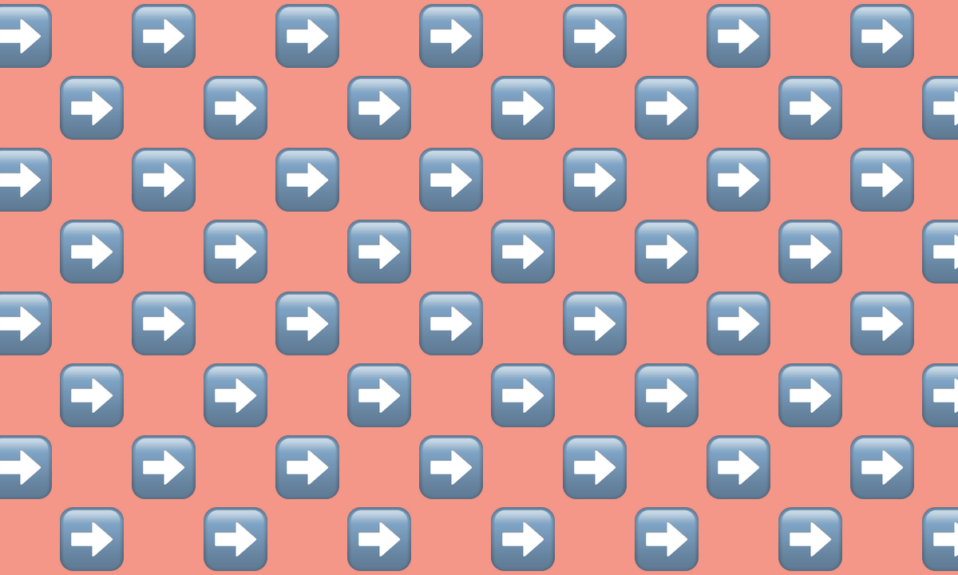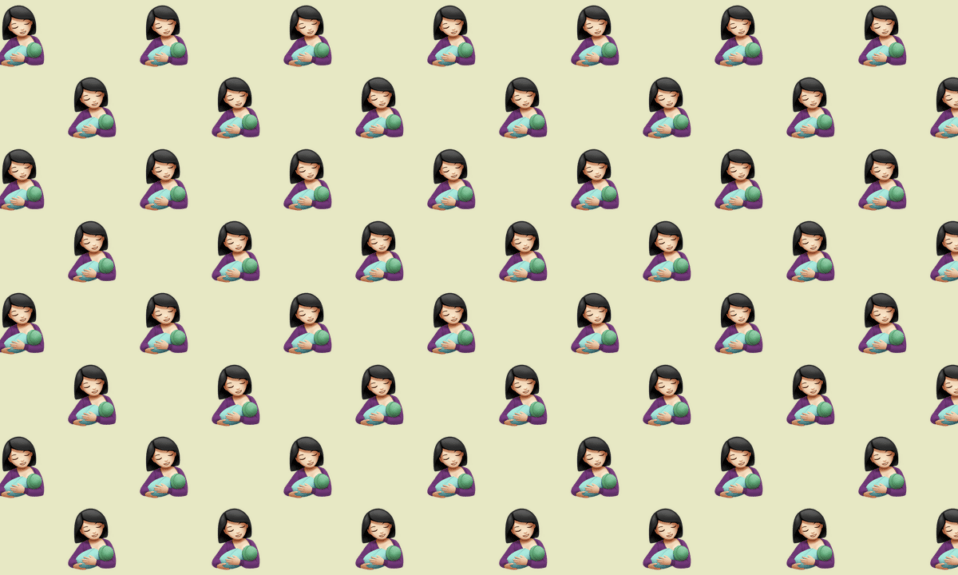What Does 🧕🏻 Woman With Headscarf: Light Skin Tone Emoji Mean?
The 🧕🏻 woman with headscarf: light skin tone emoji is a representation of a woman wearing a headscarf, specifically with a light skin tone. It is often used to symbolize modesty or to refer to the act of wearing a hijab. Here are some possible meanings and uses of the 🧕🏻 woman with headscarf: light skin tone emoji:
-
Modesty and Cultural Identity: The 🧕🏻 woman with headscarf: light skin tone emoji can be used to represent modesty or to acknowledge and celebrate Muslim culture. It can be used in conversations about religious practices, cultural diversity, or to show respect for different traditions.
- “I admire her commitment to her faith and wearing the hijab 🧕🏻”
- “Let’s promote inclusivity and respect for all cultures, including those who wear headscarves 🧕🏻”
-
Representation and Empowerment: The 🧕🏻 emoji can also be used to emphasize the importance of representation and empowerment. It can be used to support and uplift women who choose to wear headscarves or to advocate for their rights and visibility.
-
Fashion and Style: In some cases, the 🧕🏻 emoji can be used in discussions about fashion or personal style. It can be used to express admiration for someone’s outfit or to show appreciation for different fashion choices.
-
Respect and Tolerance: The 🧕🏻 emoji can also be used to promote respect and tolerance for different religious and cultural practices. It can be used to encourage open-mindedness and understanding.
-
Gender Equality: The 🧕🏻 emoji can also be used to highlight the importance of gender equality and women’s rights. It can be used in discussions about feminism, empowerment, or to support women’s voices and experiences.
In summary, the 🧕🏻 emoji is often used to represent modesty, acknowledge Muslim culture, or show support for women who choose to wear headscarves. It can also be used in discussions about fashion, representation, respect, and gender equality.
🧕🏻 Woman With Headscarf: Light Skin Tone Design
🧕🏻 Woman With Headscarf: Light Skin Tone Emoji Meaning From A Girl?
The 🧕🏻 emoji is often used by girls to convey various meanings. Here are some common interpretations:
-
Cultural and Religious Identity: When a girl uses the 🧕🏻 emoji, she may be expressing her admiration for or connection to Muslim culture. It can be a way for her to show respect for religious practices or celebrate diversity.
- Example: “I’m proud of my heritage and the values that the 🧕🏻 woman with headscarf represents.”
-
Modesty and Femininity: The 🧕🏻 emoji can also symbolize modesty and femininity. It may be used by girls to express their own sense of style or to appreciate the fashion choices of others.
- Example: “Her outfit is so elegant and chic, especially with the 🧕🏻 woman with headscarf.”
-
Solidarity and Empowerment: Girls may use the 🧕🏻 emoji to show support and solidarity with women who choose to wear headscarves. It can be a way for them to advocate for women’s rights and challenge stereotypes.
- Example: “I stand with all women who wear the hijab. Your strength and resilience inspire me. 🧕🏻💪“
-
Respect for Cultural Diversity: The 🧕🏻 emoji can also be used to promote respect and tolerance for different religious and cultural practices. Girls may use it to encourage open-mindedness and understanding.
- Example: “Let’s embrace diversity and create a world where everyone feels accepted, regardless of their religious or cultural choices. 🧕🏻🌍“
-
Representation and Visibility: Girls may use the 🧕🏻 emoji to emphasize the importance of representation and visibility. It can be a way for them to amplify the voices and experiences of women who wear headscarves.
- Example: “We need more representation of women who wear the hijab in media and society. Let’s continue championing their stories. 🧕🏻✊“
When navigating a conversation where a girl has used the 🧕🏻 emoji, here are some tips on how to reply:
- Acknowledge and Appreciate: Show understanding and appreciation for her cultural or religious practices. Respect her choices and express admiration for her identity.
- Educate Yourself: If you’re unfamiliar with the significance of the headscarf or its cultural context, take the opportunity to learn more. Ask questions respectfully and listen with an open mind.
- Promote Inclusivity: Use inclusive language and avoid making assumptions or stereotypes about her based on her choice to wear a headscarf. Treat her as an individual and respect her autonomy.
- Engage in Meaningful Conversations: If appropriate, engage in discussions about cultural diversity, women’s rights, or representation. Show genuine interest in her experiences and perspectives.
- Avoid Generalizations: Remember that not all girls who use the 🧕🏻 emoji have the same motivations or interpretations. Context matters, so pay attention to the specific conversation and individual.
Examples of how girls typically use the 🧕🏻 emoji over text:
- “Just attended a beautiful mosque tour today. Feeling grateful for the opportunity to learn and appreciate different cultures. 🧕🏻🕌“
- “Her style is always on point! I love how she incorporates the 🧕🏻 woman with headscarf into her outfits. So chic!”
- “Let’s celebrate diversity and uplift women who choose to wear the hijab. Their voices deserve to be heard. 🧕🏻✨“
- “Had a thought-provoking discussion about religious practices today. It’s important to create spaces of respect and understanding for everyone, including those who wear headscarves. 🧕🏻❤️“
- “I’m inspired by the strength and resilience of women who wear the hijab. Let’s continue fighting for gender equality and amplifying their stories. 🧕🏻✊“
🧕🏻 Woman With Headscarf: Light Skin Tone Emoji Meaning From A Guy?
When a guy uses the 🧕🏻 emoji, it can have similar meanings to when a girl uses it. Here are some possible interpretations of the 🧕🏻 emoji from a guy’s perspective:
-
Respect for Cultural Diversity: Just like girls, guys may use the 🧕🏻 emoji to show respect for different religious and cultural practices. It can be their way of acknowledging and appreciating diversity.
- Example: “I admire the beauty and strength of different cultures, including those that embrace the 🧕🏻 woman with headscarf. Let’s celebrate diversity!”
-
Fashion and Style: Guys might also use the 🧕🏻 emoji in discussions about fashion or personal style. It can be their way of expressing admiration for someone’s unique and stylish outfit.
- Example: “Her fashion sense is on point! I love how she incorporates the 🧕🏻 woman with headscarf into her look. So classy!”
-
Support and Solidarity: The 🧕🏻 emoji can be used by guys to show support and solidarity with women who choose to wear headscarves. It can be their way of advocating for inclusivity and equality.
- Example: “I stand with all women who wear the hijab. Your strength and courage inspire me. 🧕🏻💪“
-
Representation and Visibility: Guys may use the 🧕🏻 emoji to highlight the importance of representation and visibility. It can be their way of amplifying the voices and experiences of women who wear headscarves.
- Example: “We need more representation of women who wear the hijab in media and society. Let’s continue championing their stories. 🧕🏻✊“
-
Cultural Appreciation: The 🧕🏻 emoji can also be used by guys to express their appreciation for different cultures and religious practices. It can be their way of embracing diversity and promoting tolerance.
- Example: “Let’s create a world where everyone feels respected and accepted, regardless of their religious or cultural choices. 🧕🏻🌍“
While the meanings of the 🧕🏻 emoji can be similar for both guys and girls, it’s important to consider the individual’s personality and the context of the conversation. Guys may have their own unique way of using the emoji, influenced by their personal style and communication preferences.
When trying to understand the meaning behind a guy’s use of the 🧕🏻 emoji, here are some tips on how to reply:
- Acknowledge and Appreciate: Show understanding and appreciation for his cultural awareness or respect for diversity. Express admiration for his inclusive mindset.
- Engage in Meaningful Conversations: If appropriate, engage in discussions about cultural appreciation, representation, or tolerance. Show genuine interest in his perspectives and experiences.
- Promote Inclusivity: Use inclusive language and avoid making assumptions or stereotypes about his motivations. Treat him as an individual and respect his autonomy.
- Educate Yourself: If you’re unfamiliar with the cultural significance of the headscarf, take the opportunity to learn more. Ask questions respectfully and listen with an open mind.
- Embrace Diversity: Emphasize the importance of embracing diversity and creating spaces of respect and understanding. Encourage him to continue advocating for equality and inclusivity.
Examples of how guys might use the 🧕🏻 emoji over text:
- “Her fashion game is always on point! The 🧕🏻 woman with headscarf adds such elegance and uniqueness to her outfits.”
- “I appreciate and respect different cultures, including those that embrace the 🧕🏻 woman with headscarf. Let’s celebrate diversity!”
- “Just had a thought-provoking conversation about religious practices. It’s important to create spaces of respect and understanding for everyone, including those who wear headscarves. 🧕🏻❤️“
- “I stand in solidarity with women who choose to wear the hijab. Your voices deserve to be heard. 🧕🏻✊“
- “Let’s continue championing representation and visibility for women who wear the hijab. Their stories matter. 🧕🏻💪“
Remember, individual interpretations of emojis may vary, and it’s essential to take into account the specific person’s communication style and the overall context of the conversation.
Does 🧕🏻 Woman With Headscarf: Light Skin Tone Emoji Have A Hidden Meaning?
The 🧕🏻 emoji does not have a known NSFW or sexual meaning. It is typically used to represent a woman wearing a headscarf, particularly in the context of Muslim culture or modesty. It is similar in usage to other emojis that represent women or cultural attire, such as the 👩 woman emoji or the 👳 person wearing turban emoji.
Looking For 🧕🏻 Emoji Combos?
Click above to generate some slangs
Related Emojis
Related emojis
🧕🏻 Emoji Codes
| Unicode Code Point(s) | 129493-127995 |
| HTML Dec | 🧕🏻 |
| Hex Code | 1F9D5-1F3FB |
| HTML Hex | 🧕🏻 |
| CSS | 1F9D5 1F3FB |
| C, C++ & Python | u1F9D5u1F3FB |
| Java, JavaScript & JSON | u1F9D5u1F3FB |
| Perl | x{1F9D5} x{1F3FB} |
| PHP & Ruby | u{1F9D5} u{1F3FB} |
🧕🏻 Emoji In Other Languages
| German | :frau_mit_kopftuch_helle_hautfarbe: |
| Spanish/Castilian | :mujer_con_hiyab_tono_de_piel_claro: |
| French | :femme_avec_foulard_peau_claire: |
| Japanese | :スカーフの女性_薄い肌色: |
| Korean | :머리에_스카프를_두른_여자_하얀_피부: |
| Portuguese | :mulher_com_véu_pele_clara: |
| Italian | :donna_con_velo_carnagione_chiara: |
| Persian | :زن_با_روسری_پوست_سفید: |
| Indonesian/Malay | :wanita_dengan_kerudung_warna_kulit_cerah: |
| Mandarin | :带头饰的女人_较浅肤色: |



